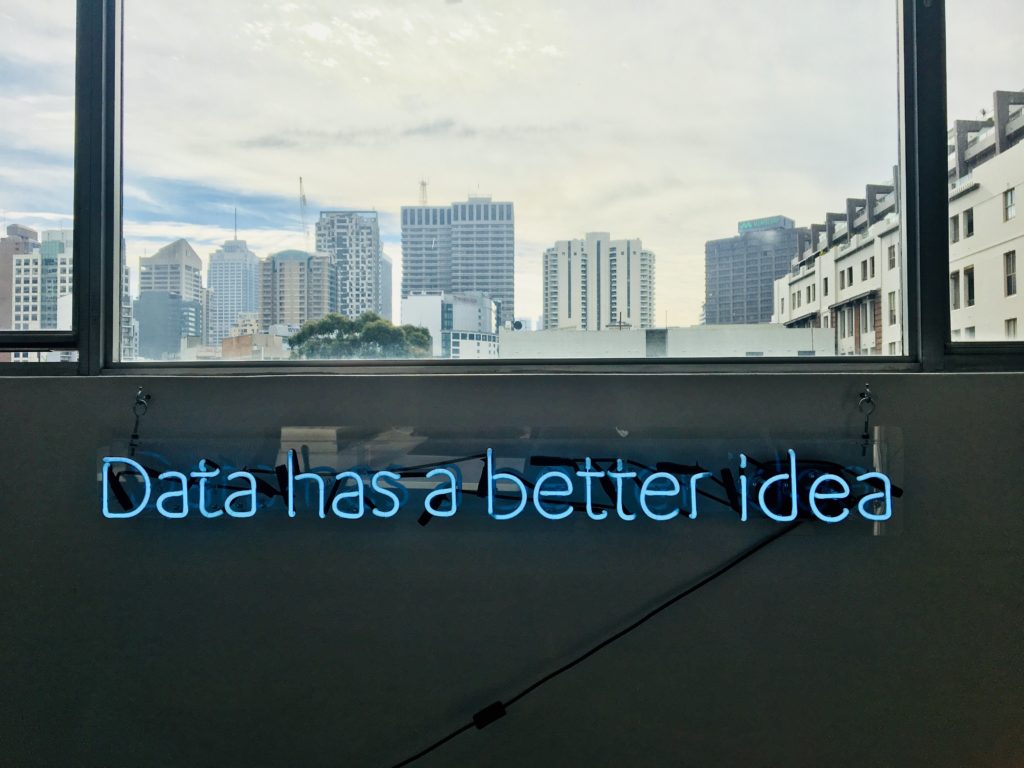Data is on everyone’s minds these days. When used correctly, data allows us to better understand our productivity, progress and financials. But that’s only the tip of the iceberg of what data can actually do. Talisen Construction uses data to do more than simply generate business, we use our data to build high-value, lasting relationships with our vendors.
Data is only valuable once accessed, understood, and used. When you keep your data locked up in reports that only those in leadership positions can access, you are limiting its usefulness. Here at Talisen, we’re constantly generating data – it’s the natural by-product of being a busy company. We made the decision to strategically share some of our internal data with our vendor partners. Here’s what happened next…
Commercial Construction in a Data Economy
In 2017, The Economist magazine declared that the world’s most valuable resource was no longer oil, but data. Companies like Amazon, Google, Microsoft and Uber achieved their dominant position by collecting and analyzing data relevant to customers’ behaviors. This allowed them to better craft their offerings and messaging; the success of this approach is self-evident.
Data-driven decision making has proven to be a valuable technique for Talisen as well. The systems we have in place to collect and understand our clientele have another role as well. We use them up and down the supply chain, to strengthen the relationships we have with the companies we work with.
Sharing Data Improves Work Processes for Everyone
Our year end review includes a report we share with our vendor partners that details the number of bids they’ve submitted to us and the number of projects they’ve won. This is important for multiple reasons. For us, the most critical aspect is that having this information helps our vendor partners have an objective way to assess the value of submitting bids to us.
We all know that creating and submitting bids takes time, energy and resources. Part of establishing and maintaining strong working relationships with our vendor partners is acknowledging this work and articulating it’s level of success. The sub-contractor who has secured 75% of the jobs they’ve bid with us may view future opportunities with us very differently than the sub-contractor who secured 10%.

It’s also a two-way street. This internal data allows us to start a conversation with the sub-contractor who has been awarded only 10% of the jobs with us to better learn their sweet spot. We can then provide them with an opportunity to be more successful in the future based on their unique capabilities. This helps us to keep a strong vendor network that serves the specific needs of each particular project.
Being transparent has served us well. Sharing internal data starts conversations that may otherwise never have happened. Opening the door to dialog with our vendor partners has helped us identify and take advantage of greater efficiencies. Every point on the supply chain has the ability to impact a project’s cost, timeline, and success. Nurturing relationships through sharing data makes sense.
The Future is Data Driven
We’ve talked about the many way’s user data impacts project design, whether that’s in corporate headquarters, work spaces, health care facilities, or schools. As we go forward, and more data is collected and best practices identified, we’re going to see the commercial construction industry change.
By proactively sharing data and inviting dialog, our goal is to make the transition into New York City’s best possible tomorrow seamless and profitable for everyone involved.
